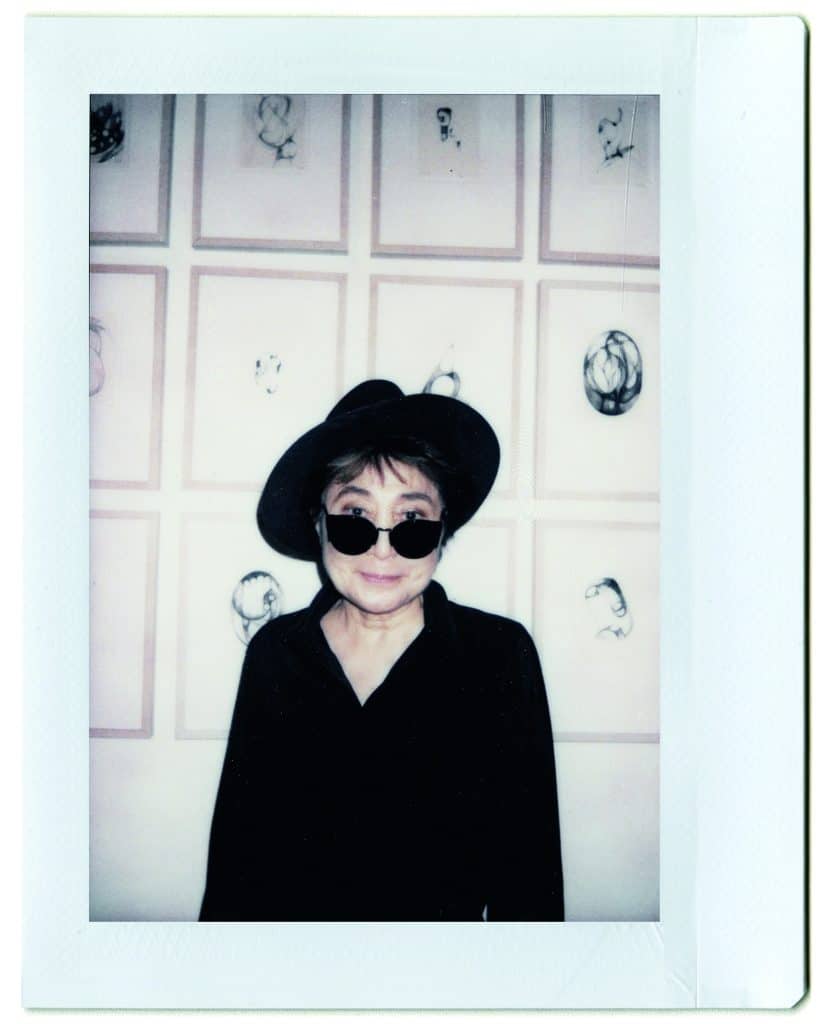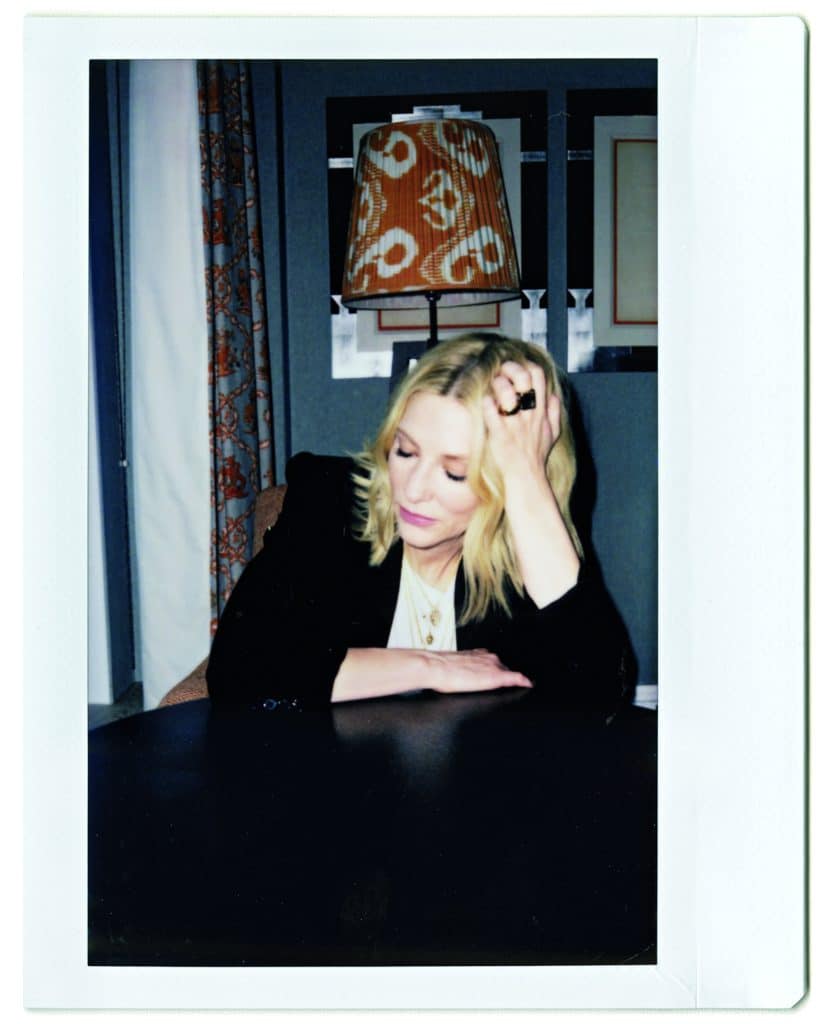
“The artist, like the God of creation, remains within or behind or beyond or above his handiwork, invisible, refined out of existence, indifferent, paring his fingernails,” James Joyce wrote in his 1916 novel, A Portrait of the Artist as a Young Man, reinforcing the mythic image of the creative spirit that often feels removed and inaccessible to those who engage with their work.
But perhaps this is a mere illusion, penned by one who aspired to such lofty heights. In his new book, Portrait of an Artist: Conversations with Trailblazing Creative Women Mexican-American multidisciplinary artist Hugo Huerta Marin sits down with 25 iconic women artists for intimate conversations that reveal their innate humanity.
Groundbreaking artists including Yoko Ono, Marina Abramović, Carrie Mae Weems, and Agnès Varda offer profound insights into their creative process, displaying strength and vulnerability while sharing their hard-won wisdom on subjects including power, success, fame, and legacy. Huerta Marin pairs these conversations with candid Polaroids taken at home that offer informal portraits of legends such as Catherine Deneuve, Debbie Harry, and Miuccia Prada in their nature state.
On February 3rd, Huerta Marin joined Iranian artist Shirin Neshat, who is featured in the book, at Fotografiska New York for a conversation that explores photography through the lens of intimacy, dignity, beauty, and identity. Here, Blind shares exclusive highlights from their talk.
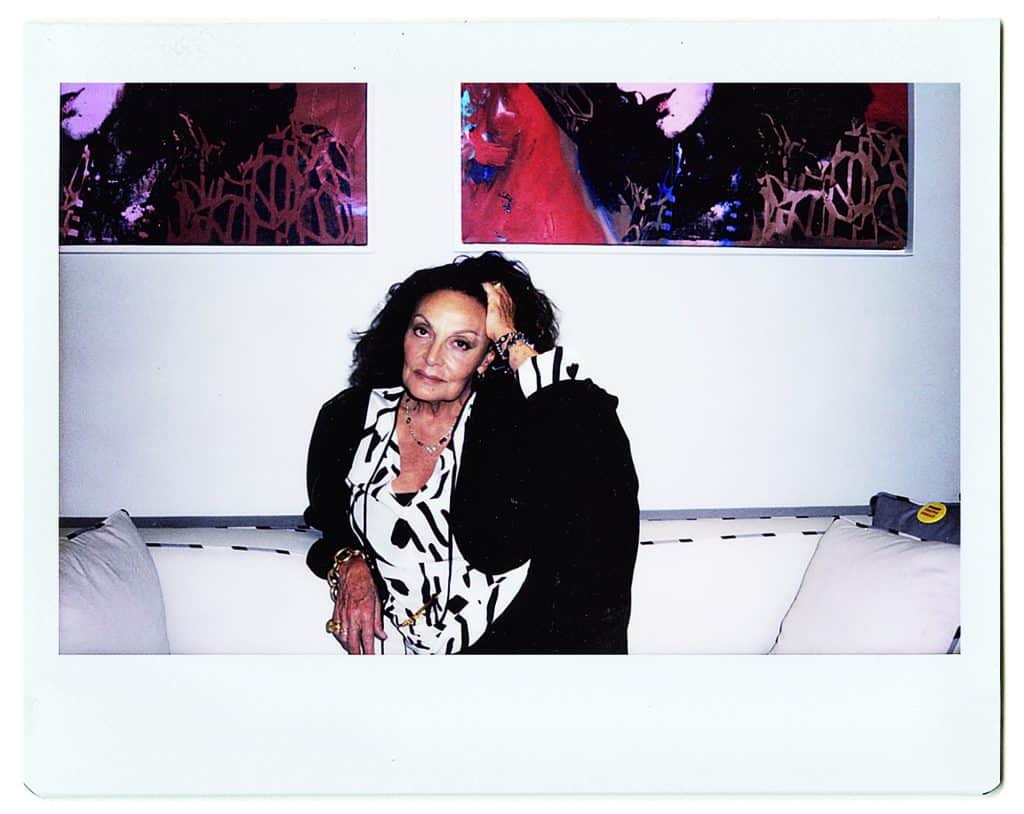
On Portraiture and Muses
Hugo Huerta Marin: I would like to start the conversation by asking, what is your relationship to photography?
Shirin Neshat: I am a strange creature because I am a still photographer but I also make videos and movies, and direct opera. When it comes to photography, I only do portraiture. It’s about emotions. I’m not after anything else. I started with self-portraiture and eventually photographed friends. Over the span of many years, I started to photograph strangers and that has been the most fulfilling and powerful experience — not me and not my friends, but average citizens in the world.
Hugo Huerta Marin: On the subject of portraiture, I named my book Portrait of an Artist because I wanted to capture these women in the most candid way I could. In the book, I wrote. “I’ve always been interested in how artists have depicted history through portraiture, and in the elitism and formality that are traditionally associated with the portraits and the question of who should be captured in it.” How do you choose the subjects for portraiture?
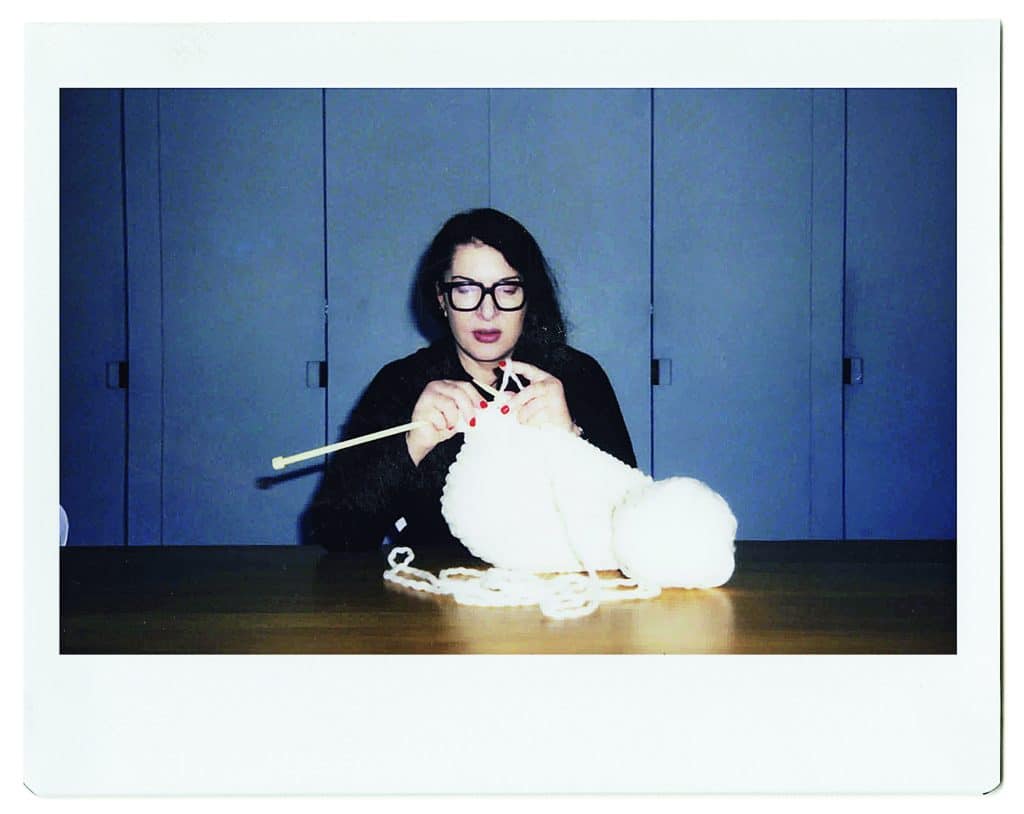
Shirin Neshat: When I made the photographs “A Woman of Allah”, where I characterize militant women from the Iranian Revolution, there was a performative aspect of that so I was playing a role. The word was hugely misunderstood and misinterpreted but at that point, it was about understanding part of the history tied to a culture that I came from — but I was completely absent during the revolution so it was a very nostalgic, distant point of view of an artist looking back to Iran.
Later I found muses, people who became me in the work: a woman who performed what I wanted to be or how I wanted to look. Last year, I did a series of work called“Land of Dreams” with Julia and Lena Todd, and Lena Bertucci. I traveled to Cairo, New Mexico, and other places where I encountered people I didn’t know. Most were poverty stricken or in political turmoil. By talking to them and then taking their picture, it opened another door in terms of what photography and my role as an artist could be.
I asked every individual, “Can you share your latest dream?” In Cairo, I was asking them about their losses during the Egyptian Revolution and many tears were shed. My work is sad and political, and not very pretty in the way that they’re quite painful. Whether I’m taking pictures of myself, my friends, or of strangers, there’s always something deeply melancholic. I’m not sure if that’s rooted in me or the way I see the world.
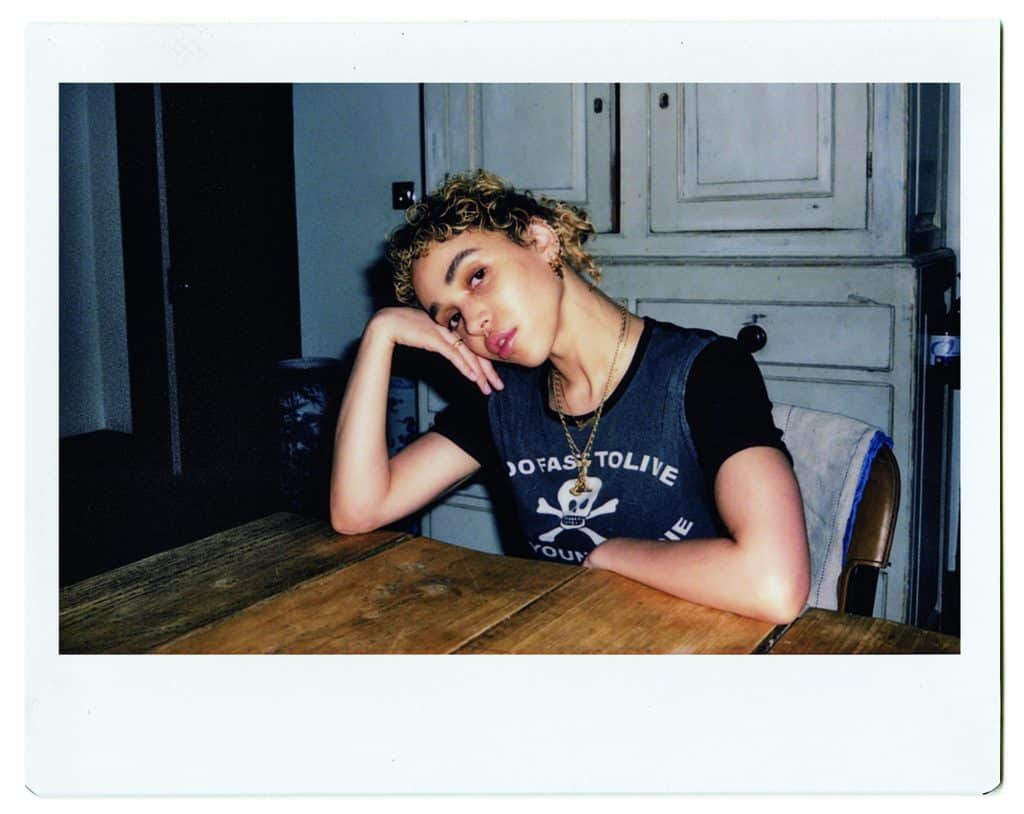
On Icons and Intimacy
Shirin Neshat: One of the big differences between us is that I think your work is very organic. You capture people in a spontaneous, naturalistic way. Mine is the opposite. It’s highly composed and controlled. What was your thinking process making the portraits in your book?
Hugo Huerta Marin: To begin with, I don’t consider myself a photographer and I think that’s a very important point. It’s just a tool for me to communicate what I want to express. For me, it was very important to capture the artists that I admire in the most candid way possible. Having a Polaroid is like a very quick shot; it’s spontaneous and instant. You don’t need anything, just a flash and the film.
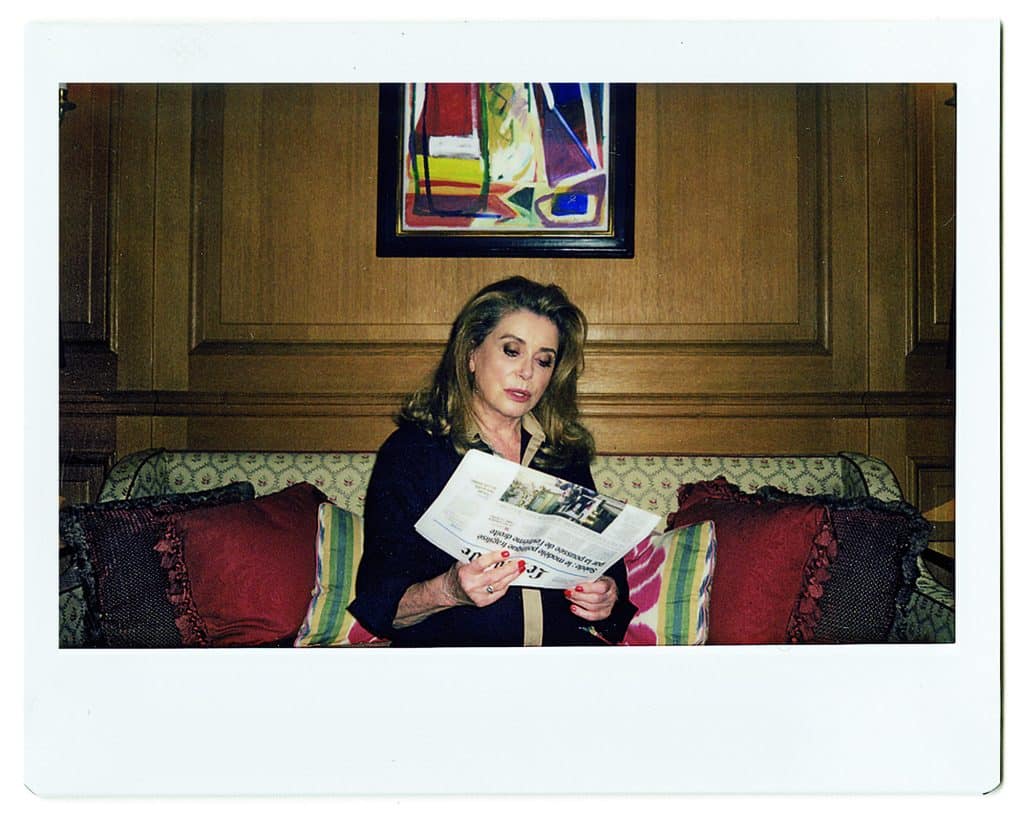
Over the years, I discovered that I enjoyed capturing the artist in the most human way. With Catherine Deneuve, I was nervous because she has been photographed by the greatest photographers of the century. It was a great challenge for me. I photographed her when she was not even looking at the camera. She started reading the newspaper and then she turned, surprised that I was photographing her.
The pictures are part of the concept of the book — to break these divides between icons and us. I think there is a sense of myself in those pictures, like how I see and want to reflect the world. Are your photographs self-portraits, even if you’re not portrayed in them?
Shirin Neshat: I was thinking of the photographs you took of 25 women for your book. Those images are nothing like the other pictures that have been taken of them because there’s something organic and intimate. They don’t necessarily look gorgeous or even try. When you came to me, it was so quick and spontaneous that I didn’t even notice.
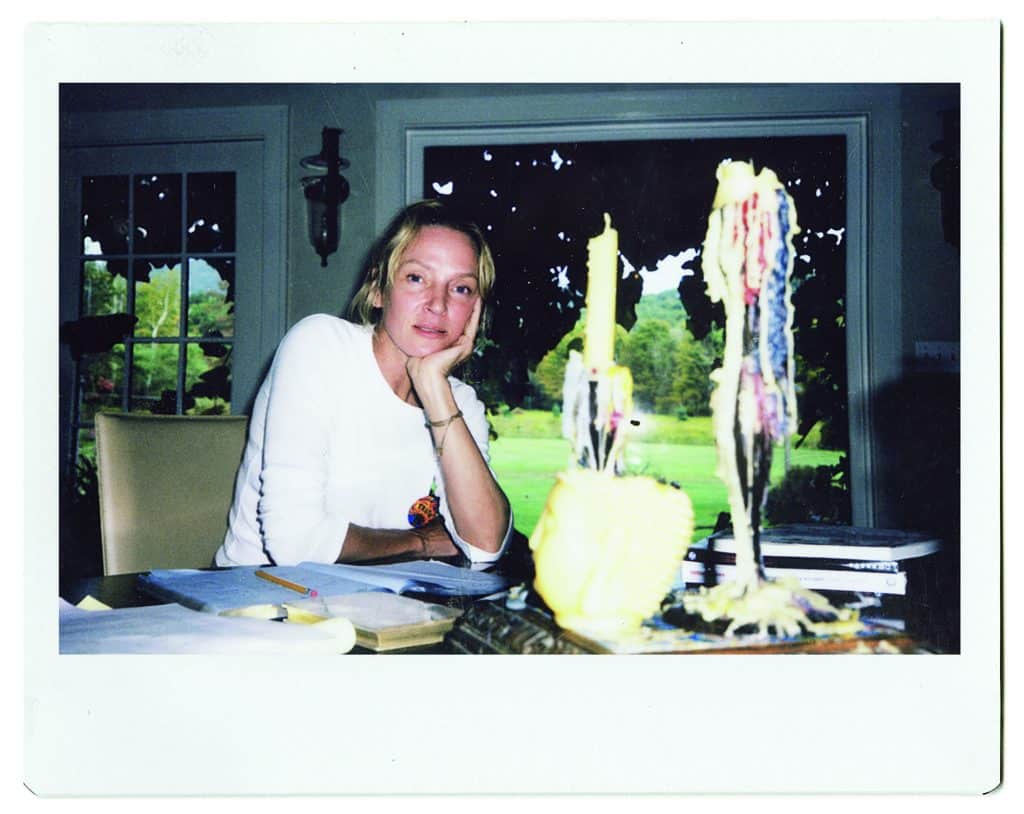
A lot of people who are iconic celebrities (I’m not on that list) — I feel like they’re so exhausted of this image that is constructed of them that it’s hard to find some level of vulnerability. I had that experience when I was asked by the National Portrait Gallery to photograph Malala. I was like, “Oh my God, this is like the most photographed woman on the planet!” I felt like okay, the only thing I can go after is a girl becoming a woman. She has a Nobel Prize, but what about her humanity? Her vulnerability? Her anxieties about the future? I had 30 minutes with Malala and I was so nervous — not because she’s famous, but because you don’t know how to approach them.
I think it’s a mediation between who you are, who they are, and what you can create in this space. Honestly, I find it easier with people I don’t know; they are like a blind date and they open themselves up, and I will say, “Do whatever you want — just look into the camera and just be aware of how you use your hands.” I think some of the most dignified images from “Land of Dreams” are of the homeless, the people just out of the prison, the Native Americans on the reservation, or people who just showed up because they wanted to be photographed. They carry so much grace. But we also brought a lot to it. I think portrait photography is a lot about where the subject meets the person behind the camera.
On Beauty and Dignity
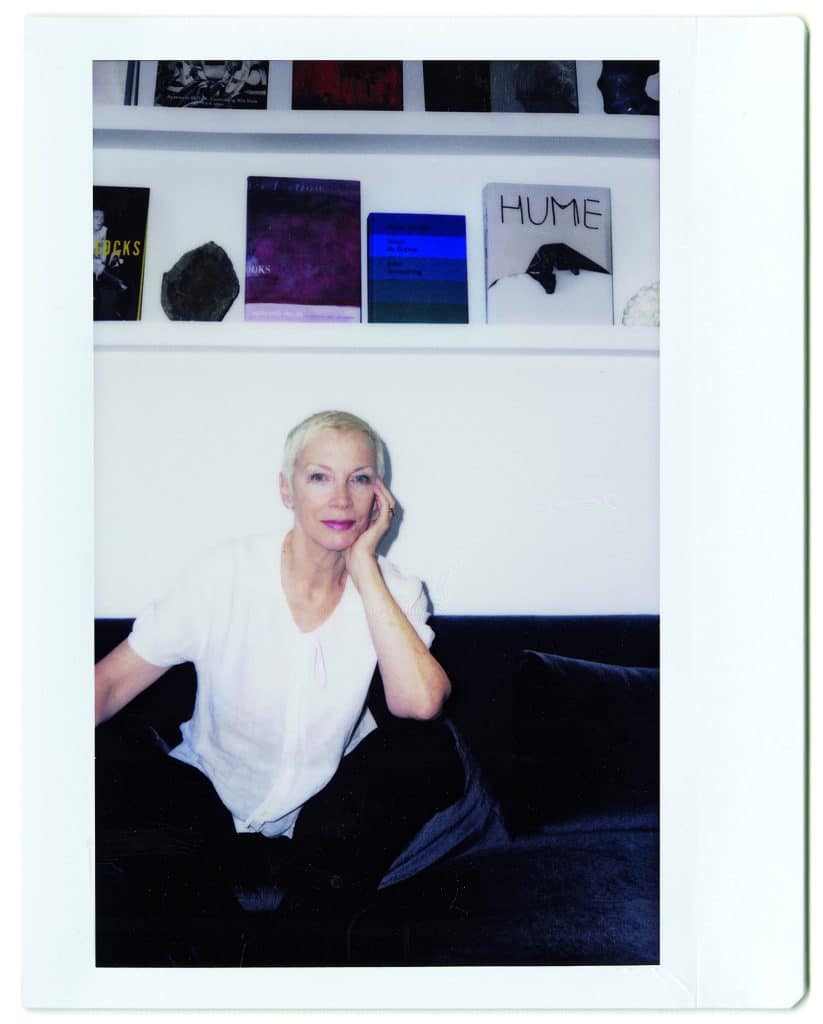
Hugo Huerta Marin: When I did the interviews for Portrait of an Artist, they were also portraits through words. I tried to unveil layers from the artists who felt more comfortable with me while taking the picture. I remember once I was in Brazil, and I went to a ritual with a shaman who was the most respected person in this small community. I was so nervous when I asked if I could take his portrait, and it was a Polaroid too. He said no, but finally agreed because I’m very persistent — but my hand was shaking because this man was really in control of his energy. He was not unveiling anything to me. It was so difficult for me to take his portrait. I’m wondering if there is a very specific symbiosis between photographer and muse. Do you have a specific subject that you’d like to follow or refer to over and over again?
Shirin Neshat: Well, I am very interested in madness. Everything I do is character driven — and all the characters, the female characters are based on myself and my own madness. So yes, I see a lot of me in every one of them.
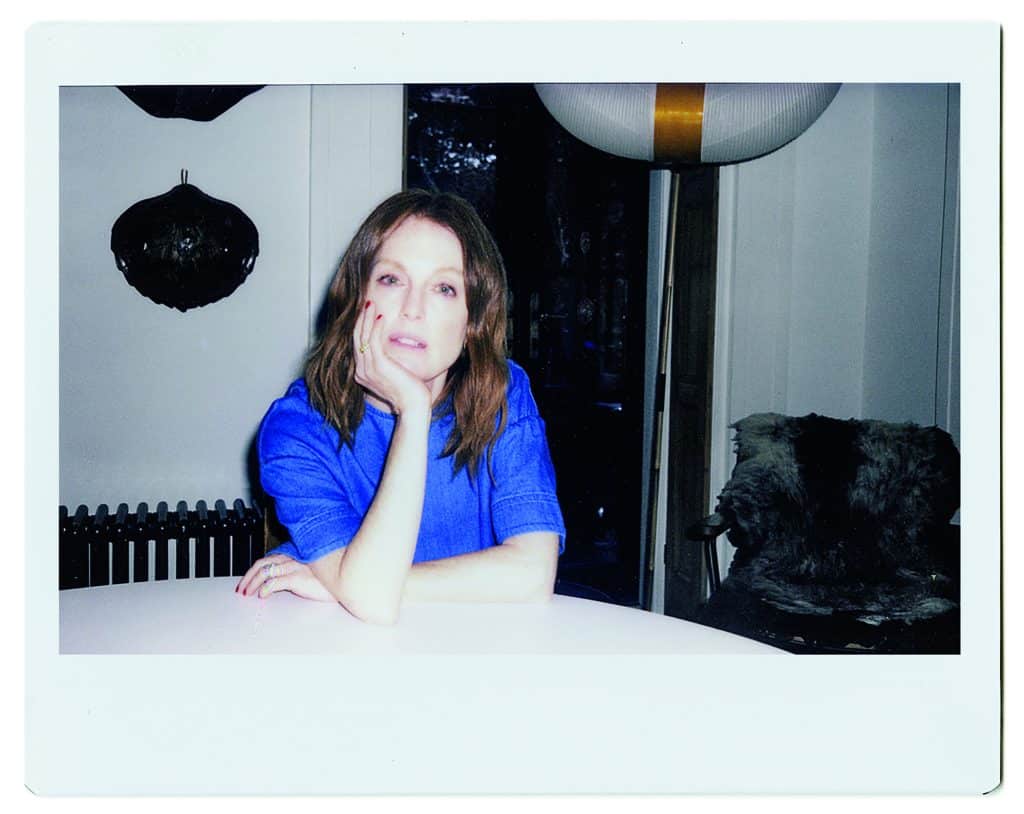
Hugo Huerta Marin: I love how you say you love madness because it’s very honest. I love the beauty of someone who is really stressed because he is exposed, like he’s almost naked. I think in photography, beauty is a very important subject but it’s also layered. It’s not just about being beautiful on a camera and with Photoshop; it’s deeper than that. What role does beauty play in your work?
Shirin Neshat: I would say not beauty, but dignity. I ride in the subway everyday and I say, “My God, this person would just make an incredible photo!” Sometimes you see people and you think they will never make good photographs. But then you take their picture and they become gods and goddesses. And there’s no explanation why. There’s something I love that is so unpredictable about portraiture. You never know what you’re going to get. The most difficult people to photograph are beautiful people because you can’t go beyond their beauty and their physical perfection, which is a real issue for iconic people. What I love about your work is that you didn’t go after that.
On Power and Identity
Shirin Neshat: In “Land of Dreams,” we created 110 portraits. As you look at them, there is something profound about how dignified human nature is whether you are old or young, poor or rich, black or white. When you put all these diverse faces together, there’s humanity in all of these. I’ve become very fond of salon installations where you’re in the middle of them. You’re not watching them — they’re watching you.
Something I have a problem with in photography is that your gaze puts you in this strange, anxious, and emotional position as the narrator. I would like to put you in the position where you’re not just a spectator, you are being watched by [the people in the pictures]. They are reminding you that you cannot judge them and say, “That’s a Native American. That’s a poor homeless person, or this person is this or that.” I’m questioning the presentation of photography as much as doing the actual photography. Why not put the audience in this very uncomfortable position?
Hugo Huerta Marin: There’s a strong sense of resistance in your work. Is your work political?
Shirin Neshat: Absolutely. I don’t think there is any Iranian who’s not political. I come from a place of conflict, dictatorship, and I lived a life that has been defined by revolutions. In my very first body of work, Woman of Allah, I was trying to comprehend fanaticism, and fundamentalism, and the way it impacted my family and the course of my life.
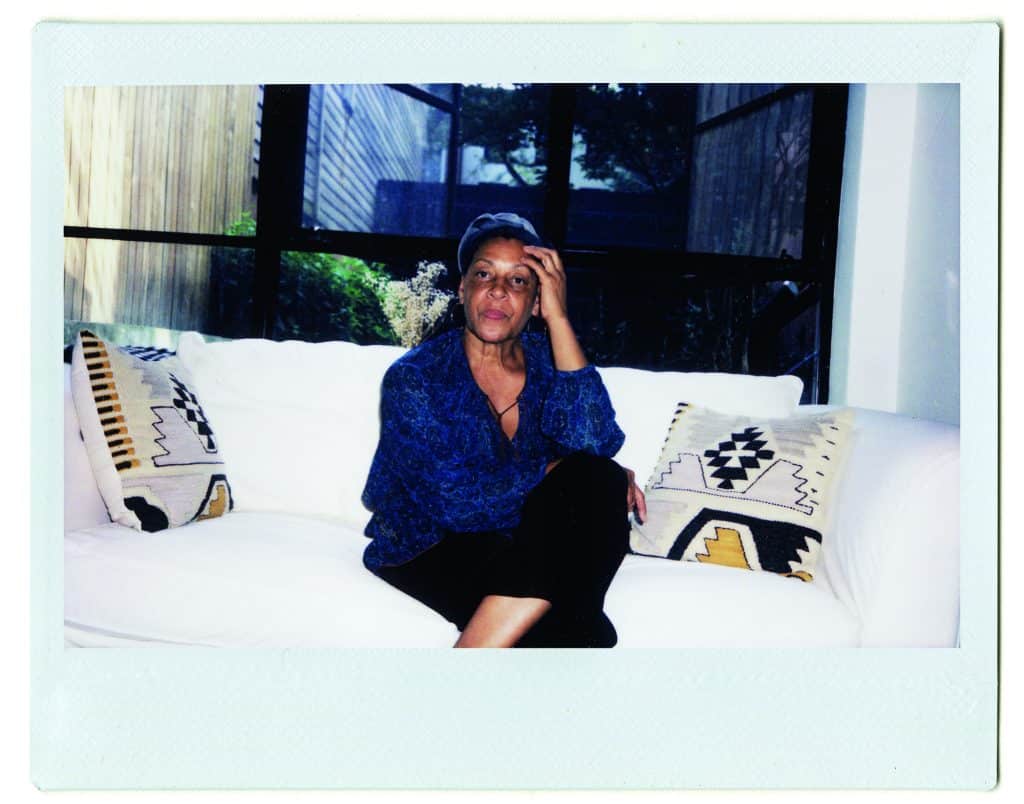
Turning to America, it’s the question of identity: what defines what an American and what America looks like. Going to New Mexico and photographing hundreds of Americans inclusive of Native Americans, African Americans, Mexicans, and other immigrants — I feel politics is inescapable from every one of us. For some, like me, it’s more direct as an immigrant and a minority.
“Land of Dreams” has been a very major breakthrough in my work in terms of deviating away from the Iranian culture and slowly getting very comfortable with the American side of who I am as an immigrant. By putting myself in other communities, I connect to them on a human level: politically, emotionally, and psychologically. I feel very happy, since I can never go back to Iran anyway. With other immigrants and minorities, I feel very connected. That was the most liberating experience I’ve had in years — all because of photography.
Portrait of an Artist: Conversations with Trailblazing Creative Women, interviews and polaroids by Hugo Huerta Marin. Published by Prestel, 424 pages, $36.00.


